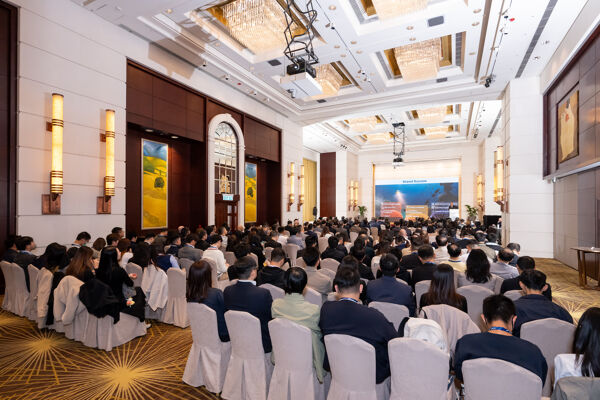
KEY POINTS
- Allowing for contingencies by including ‘an allowance’ in NEC4 ECC tender documents is not good practice as contractors have no clear basis for pricing or programming them.
- Client teams should ensure their requirements are complete before going to tender to avoid the need for provisional sums, even if this means delaying the tender.
- If provisional sums must be included, use a pre-contract project risk register to account for uncertainty and provide most likely requirements in the scope to minimise risk of change.
When preparing NEC4 Engineering and Construction Contract (ECC) tender documents, client teams often attempt to make allowance for possible extras and unforeseen events. The aim is usually to get some additional budget into the contract, either because the brief is not sufficiently developed or because it will be difficult to get approval for expenditure above the tender price.
Various terms are given to the contingency allowance, including ‘provisional sums’, ‘prime cost sums’, ‘prime cost items’, ‘contingency sums’ and ‘dayworks’. Some standard-form contracts define what these terms mean while others leave it to the method of measurement (if used) to do so.
NEC contracts have never included such terms. The reason is that if the client team cannot precisely define aspects of the works, it should not include them as provisional sums or the like as they do not clearly establish what contractors should plan for at the time of tender. It is both unclear whether the provisional work should be included in the programme and when will the final requirement will be made known to the contractor.
Sometimes client teams know they want something but have not quite finished the design, so they introduce ‘defined’ provisional sums with a bit more information. However, these are little better than ‘undefined’provisional sums as precise information on finishes, detailing, sourcing and other matters will still require guesswork by the contractor.
Project risk register
Client teams need to get smarter pre-contract, avoiding the temptation to reach for provisional sums to plug gaps in the brief as the tender deadline approaches. Ideally they should slow down the tender so that they can identify precisely what is required.
But, if time pressures override this, a pre-contract project risk register should be used to account for the residual uncertainties. A pre-contract project risk register is not required in ECC documentation but is generally good practice. Note that while most NEC4 contracts require an early warning register, this is purely a post-contract risk management tool and not the place for risk allocation.
A project risk register is a key part of ongoing and iterative process of risk management. It deals with questions such as: what risks might affect the project? What is their likelihood of occurrence and what impact might they have if they did occur? How can the project team best avoid, reduce or mitigate each risk? Who is the owner of the residual risk?
A good pre-contract project risk register should be used by all those compiling the ECC tender documents to make sure the draft contract reflects the desired approach to risk management and allocation. All client team members should be asked what they are uncertain about and these uncertainties should then be included in the project risk register.
Sensible assumptions
For example, a client team member might say, ‘We need a retaining wall but we do not know much more than rough dimensions.’ The retaining wall uncertainties should go on the pre-contract project risk register. The likelihood, impact and measures for avoiding, reducing or mitigating the uncertainties should be thought through. They are likely to be a risk for the client, so a sensible set of assumptions for this should then be included within the tender documents.
For example, a basic sketch, some key dimensions and a note on the likely finishings should be included.The best guess that the client team has at this stage will be better than just providing a provisional sum, be it defined or otherwise. It is better that the contractor makes due allowance in its tender total and programme for whatever sensible assumptions are provided by the client team at tender stage.
Assuming timely submission of the final design, there is then a baseline for which the contractor is deemed to have planned resources, priced and allowed for its programme. The only concern is then the difference between the sensible assumptions and the final design. This is not always that easy, but it is better than deducting the full monetary amount of a provisional sum and arguing about assessment of a complete replacement and what should have been allowed.
Conclusion
Rather than include provisional sums or quantities, a good ECC tender document should include in the scope the most likely information about any provisional work to be done and when any further details will be provided.
It may be appropriate to state in the scope that assumptions have been made and these will be confirmed later by the project manager. When that information is given, a change to the scope will be required. This, like most other changes to the scope, will be a compensation event under the contract and will be assessed just like any other compensation event based on the effect of the change on time and cost.
The more and better the information in the contract, the better prepared everyone will be for assessing the effect of the change once the client team communicates their final requirements.




